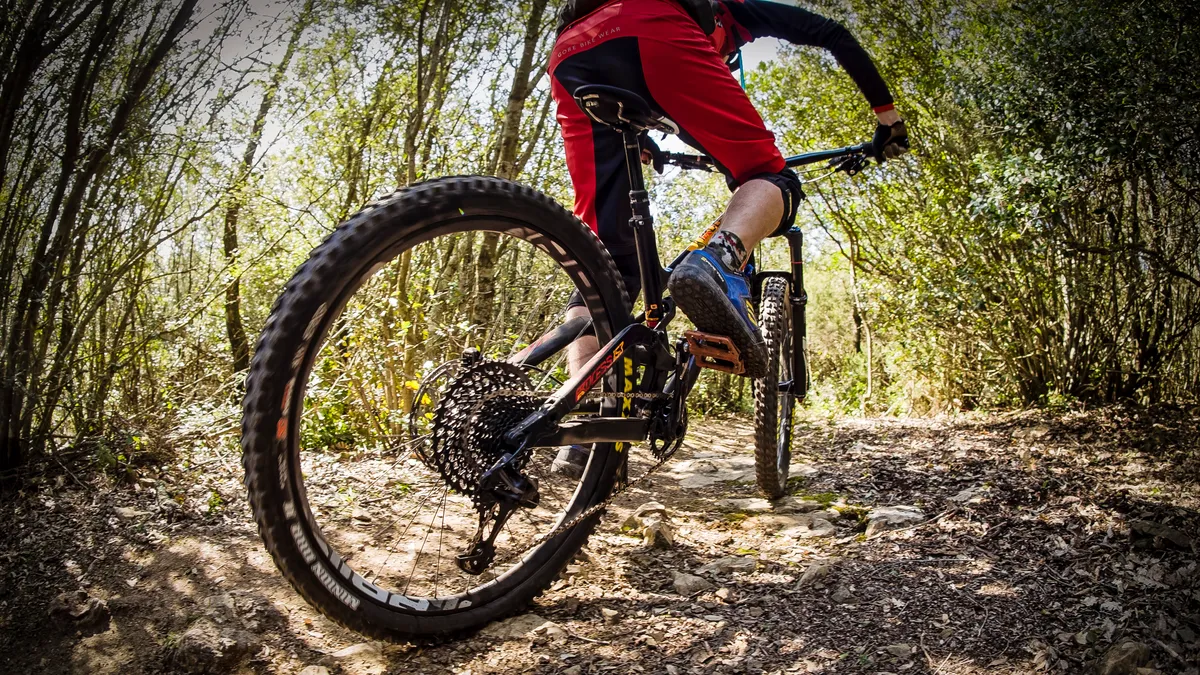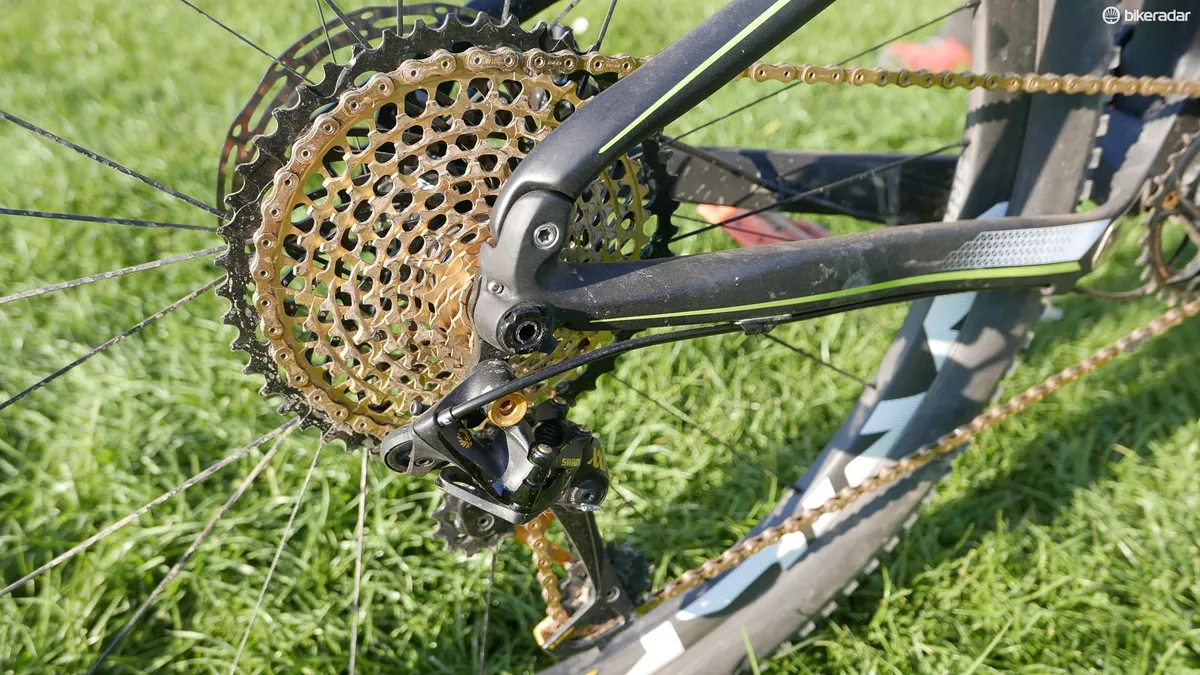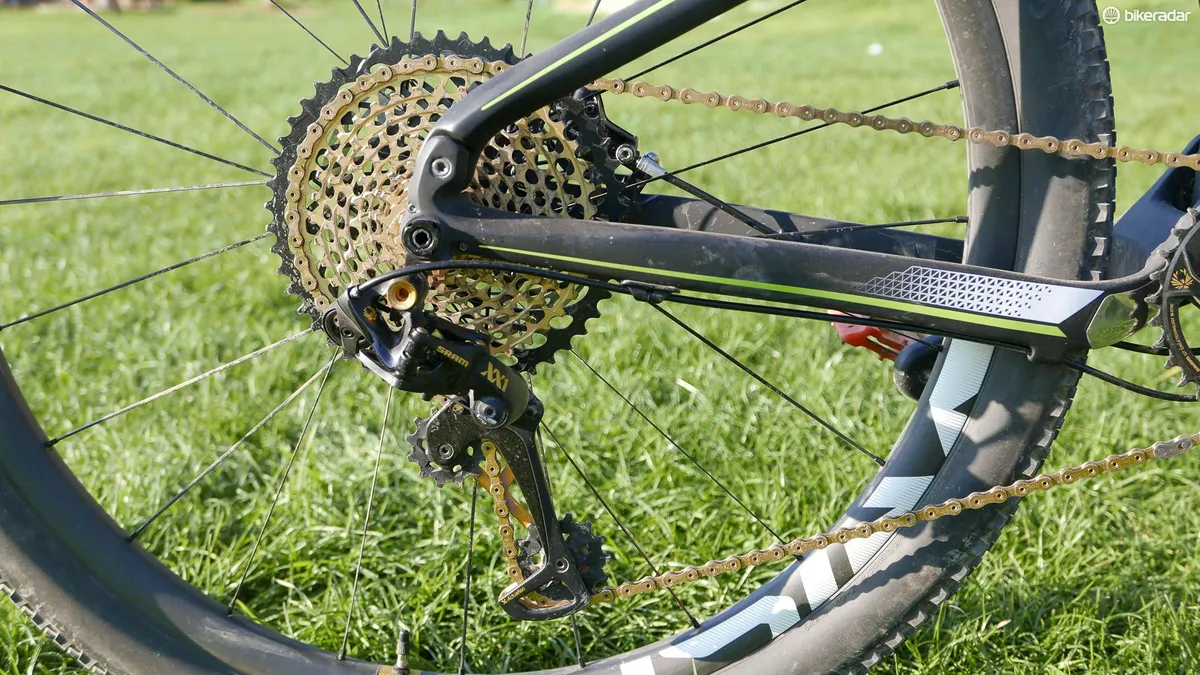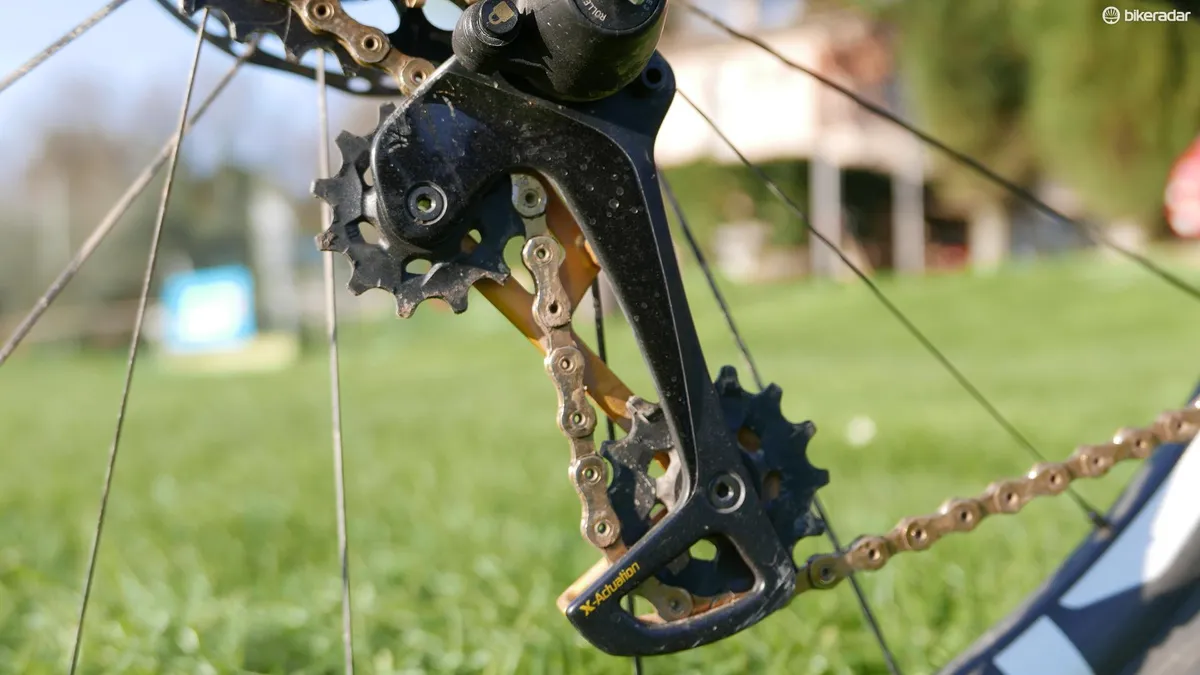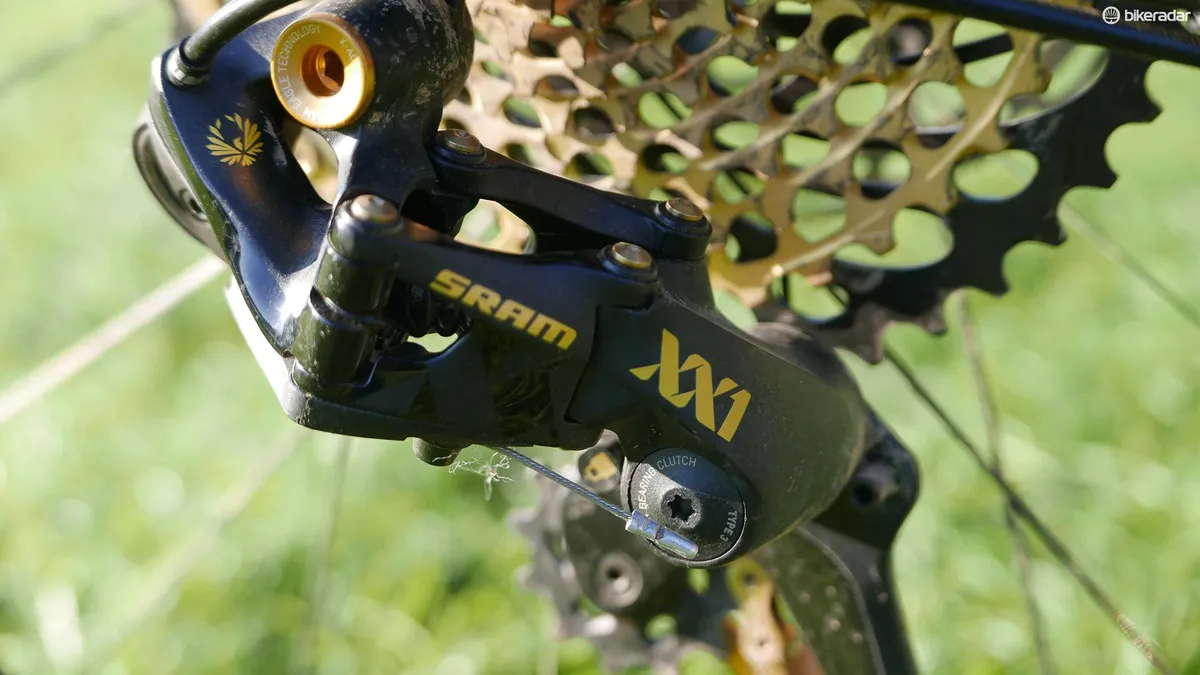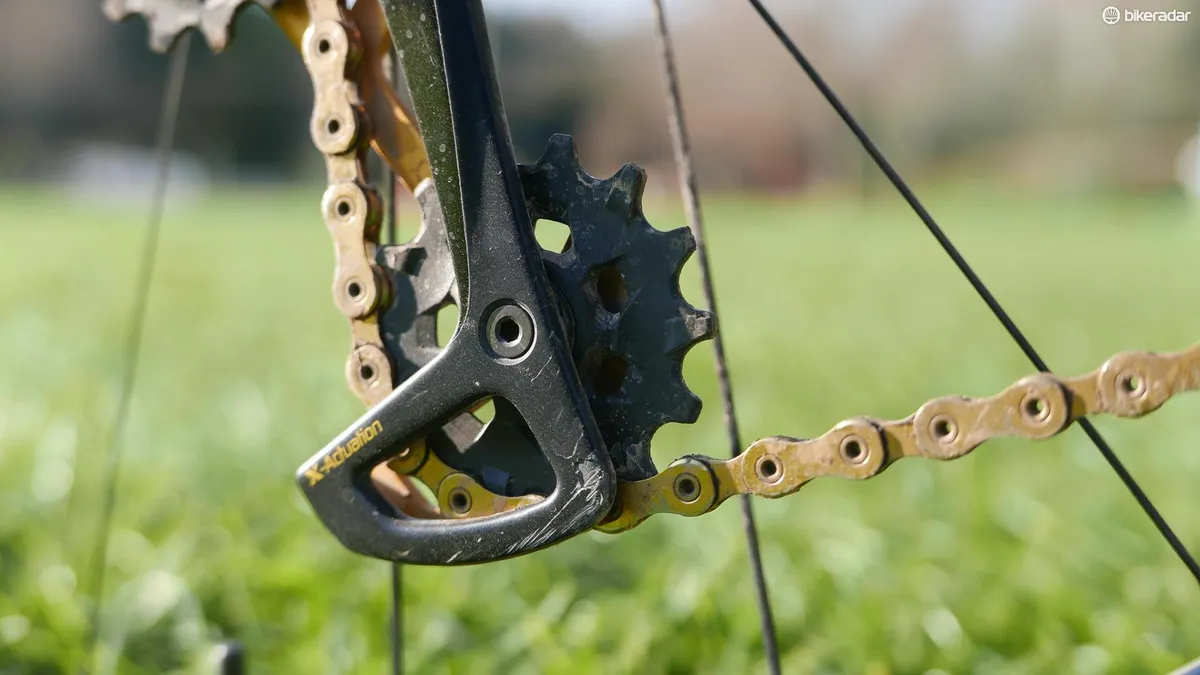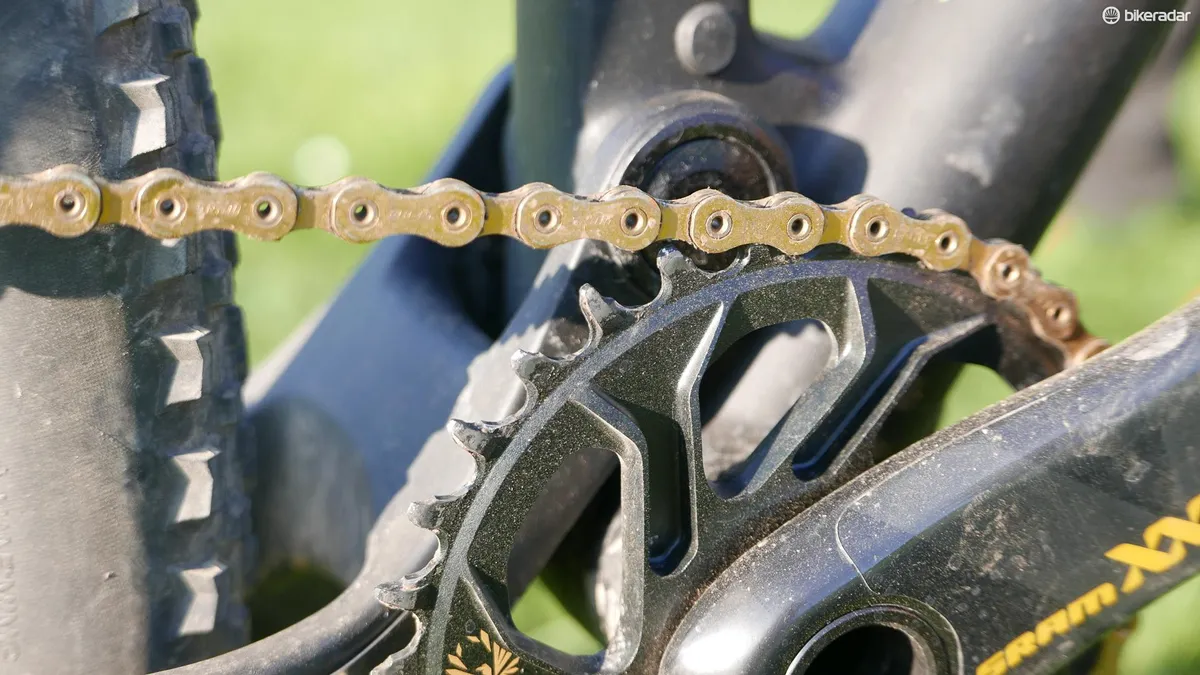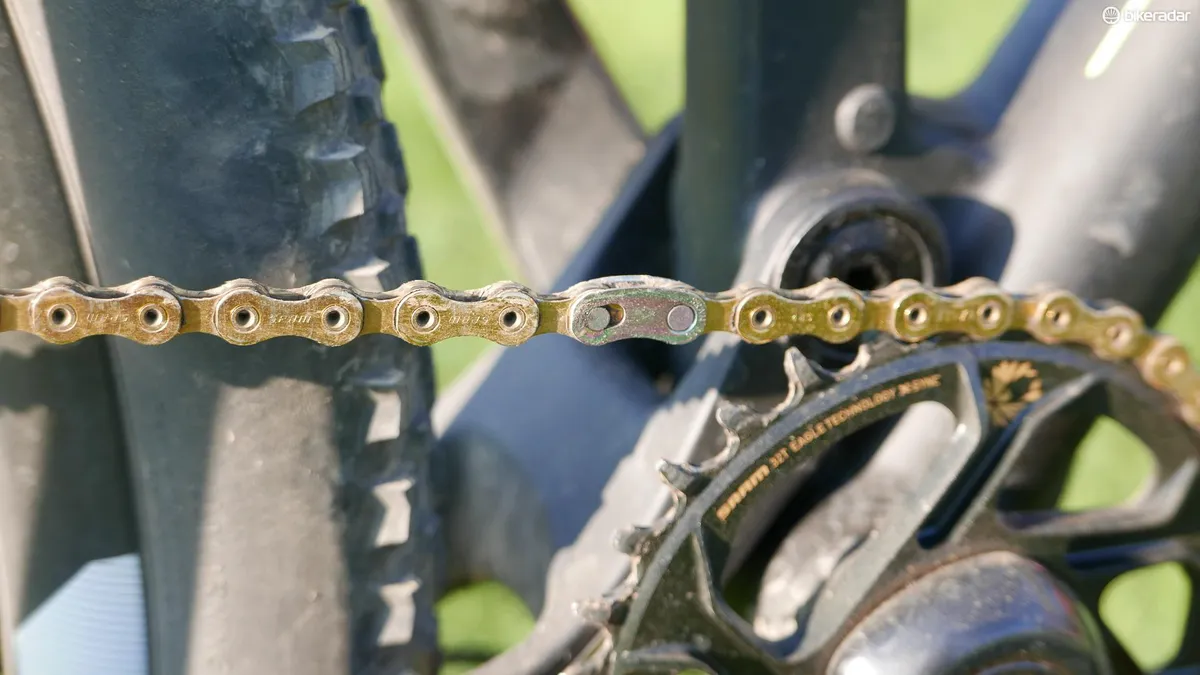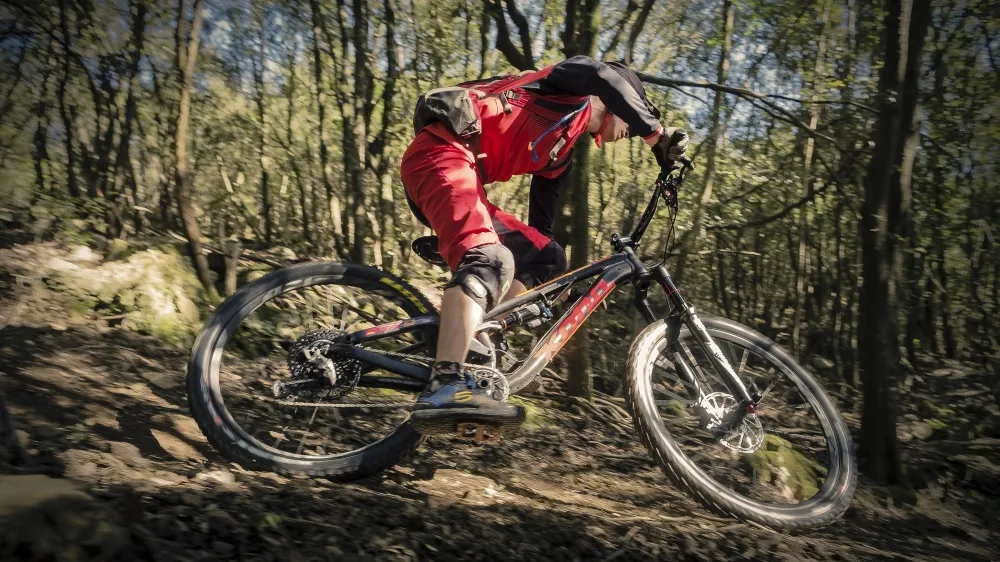It’s possibly the biggest news this year in the world of mountain biking. SRAM has set out its pitch and forsaken the front derailleur for evermore with the launch of its new 12 speed, 10-50t XX1 and X01 Eagle drivetrains.
We attended the launch and spent two days riding the new drivetrain, both in the cross-country racing XX1 Eagle form and the enduro racing and all-mountain oriented X01 Eagle guise.
null
While that’s nowhere long enough to fully test something as complex as a drivetrain, it was enough time to give you our first thoughts on just how the changes SRAM has made work out on the trail.
More range, more freedom
The first thing that you notice is just how big that 50t cog on the cassette looks on the bike. While the eight-tooth jump from the 11-speed range’s largest 42t cog looks rather large, it’s actually quite in tune with the steps across the rest of the cassette at 19%. In fact, the gear steps from there down are identical to the 11-speed, although the physical spacing of the cogs is actually slightly narrower, the biggest cog sitting slightly more inboard than the 11spd, thanks to a dished shape.
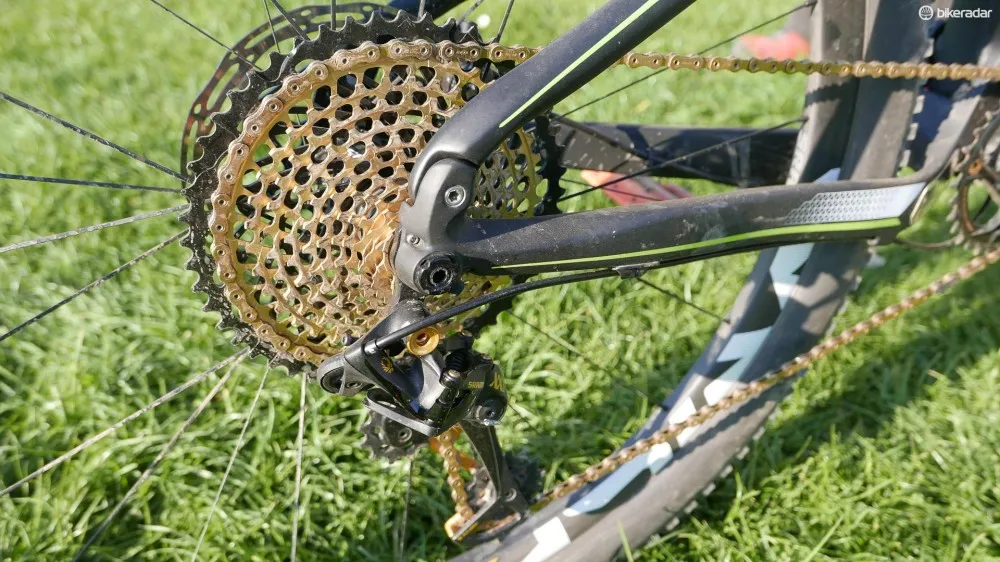
It may look odd now, but we're pretty sure you'll be seeing more of these
While SRAM reckons that its 11-speed range of 420% is more than enough for most riders, as the engineers were busy making a large number of other developments, adding in enough range to win over die-hard multi chainring holdouts seemed like an easy enough addition to make.
Get on the bike and you soon realise that a 500% gear range is actually very large indeed. Ride it on the flat and you can go everywhere from clown-cadence spinning to grinding out of the saddle. We rode a good mixture of terrain and it felt like enough to cover everything from hacking along roads to winching up ridiculously steep off-road terrain. If you prefer having a better climbing gear, then you can always opt for a smaller chainring, while if you never use the 50T, you can move to a bigger front ring and extend your useable range of gears that way. In practise, we only used the 50T gear two or three times over the two days, despite some steep climbs.
Smoother and stronger
It’s the interesting thing that SRAM says that the Eagle project was never really about having a huge gear range; it was about making a quieter, stronger drivetrain. Despite the drivetrains we rode being pre-production – SRAM says the production drivetrains are actually three or four iterations more advanced – this was really rather noticeable when riding and shifting. Well, noticeable by the lack of noise, especially when in the more extreme chain angles.
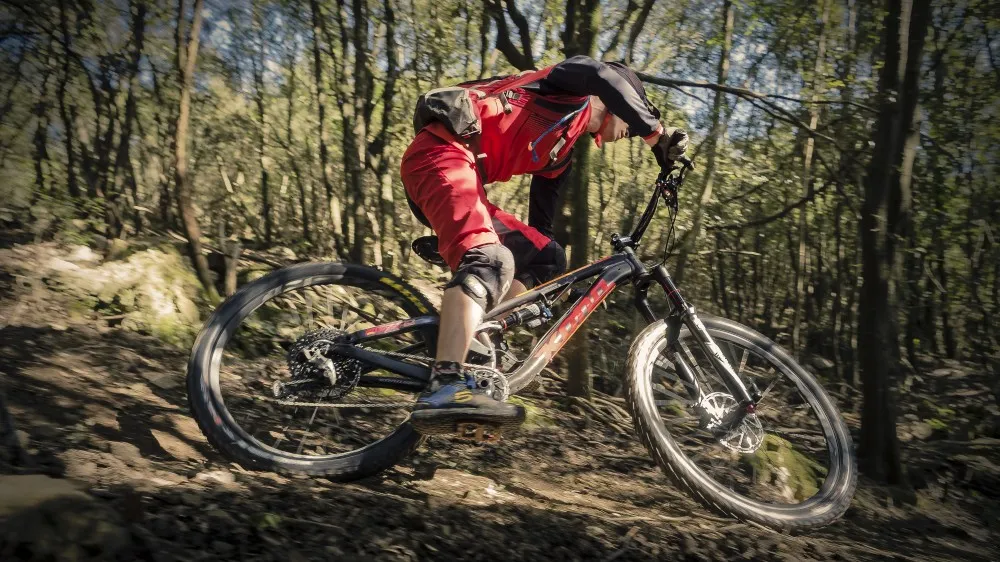
We found the new drivetrain to be smoother and quieter to use than ever before, a big aim of the Eagle project
It seems to move over the cogs more fluidly and with less hestation too, though the feel of the shifts is still distinctly SRAM, with a very positive and precise action especially when compared with the light feel of Shimano’s 11-speed groups. That said, changes under power are announced with more of a click than a bang; it sounds and feels much less violent than the current SRAM 11-speed groups do in the same circumstances.
The redesigned shifter feels great too, with an instant response to contact. There’s no free play in the shift paddle, so you just need to think about a gear change and it’s done. Shifter location and ergonomics feels good too, with a position adjustable shift lever on both the carbon XX1 and alloy X01 units. Okay, you can’t do multiple shifts to smaller cogs like with Shimano’s Multi Release, but that never really felt like an issue when riding.
All working together
It’s hard to pinpoint just where the smoothness and silence has been achieved because SRAM has basically overhauled every single piece of the groupset. The new Eagle chainring has a very different profile to the very first narrow-wide X-Sync ring, which helps spread the load of the chain around the ring more evenly. SRAM say that this makes it more efficient, quieter, smoother and also longer lasting, especially in conjunction with the new chain.

The 12-speed chain caused real headaches for SRAM, but new processes allowed engineers to make it thinner, flatter and with smoother edges to reduce wear
A highly involved process is now used to make that, with more manufacturing steps to make the individual link plates flatter and smoother. Doing that means less sharp edges, reducing wear to chain and cassette under shifting as well as moving more smoothly. Keeping links flatter means that the riveting process is more consistent and accurate, so despite being narrower and having flush pins the chain is still durable and strong.
We can definitely vouch for it being quieter and smoother, even from our small ride. Lab testing to determine efficiency is rather costly, but it subjectively feels better, though that may simply be thanks to the sensation of silence. Until we get our hands on a drivetrain we can’t speak for long term durability, but the steel X-Dome cassette has always been extremely tough thanks to it being crafted from a single steel forging.
During our presentations, the engineers at SRAM made the point that they’re part of a drivetrain company and have designed all the components to work perfectly together. In the words of mountain bike drivetrain product manager Chris Hilton, “Any fool can make 12 speed, only SRAM can make Eagle.”

While XX1 Eagle is made for XC, X01 Eagle is pitched at the rough-and-tumble enduro market
Of course, SRAM would say that, but the Eagle drivetrain really does feel like a very polished and cohesive combination. Okay, at £1,173 / $1,417 for the XX1 Eagle group and £1,005 / $1,193 for X01 Eagle, only those with deep pockets will benefit at the moment, but the having a wider range single ring setup that feels smooth and refined is something that could benefit an awful lot of riders in the future.
The Eagle drivetrains will land in shops in June 2016 but we should get a drivetrain to test fairly soon. We’ll update this article with our long term findings when we do.
